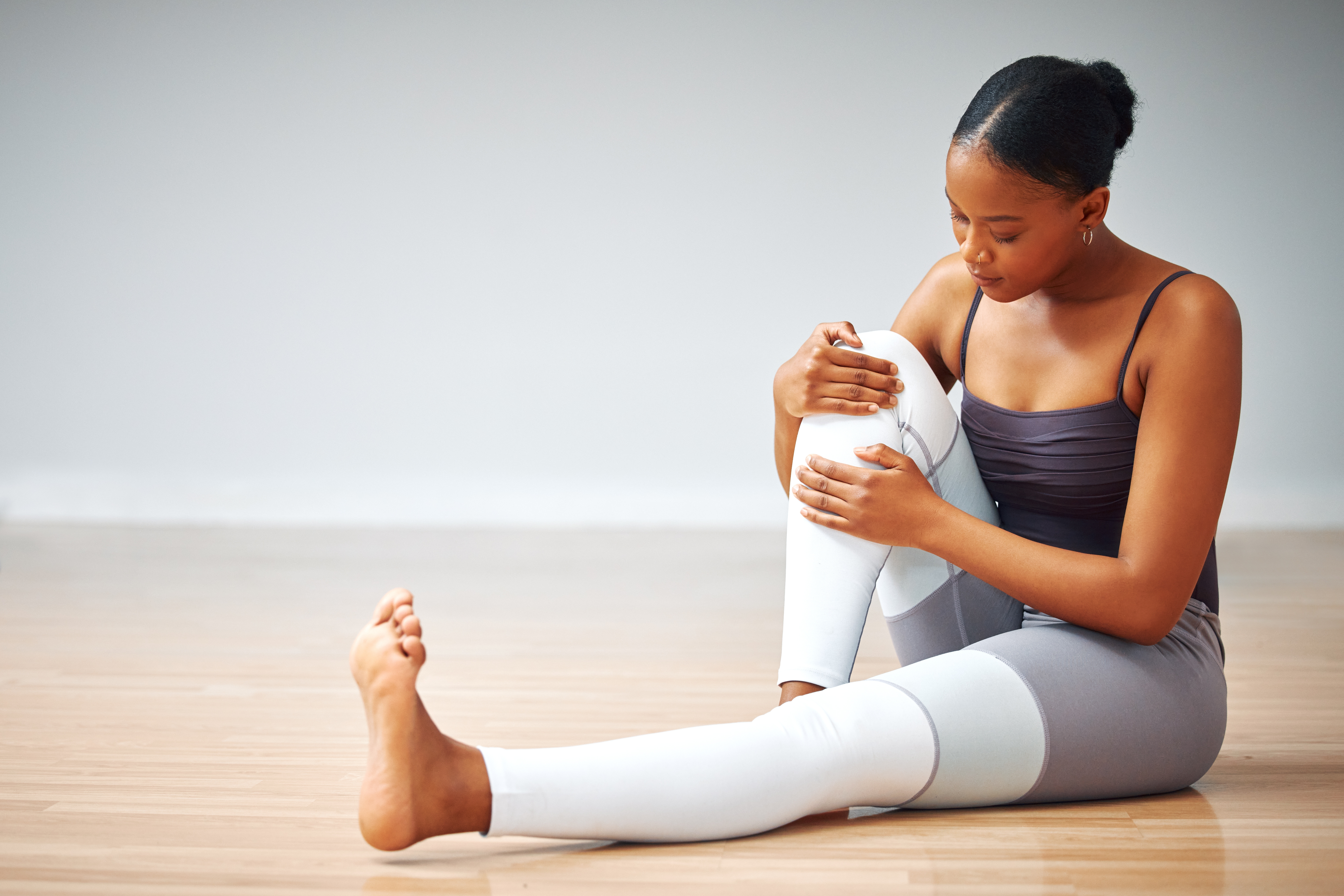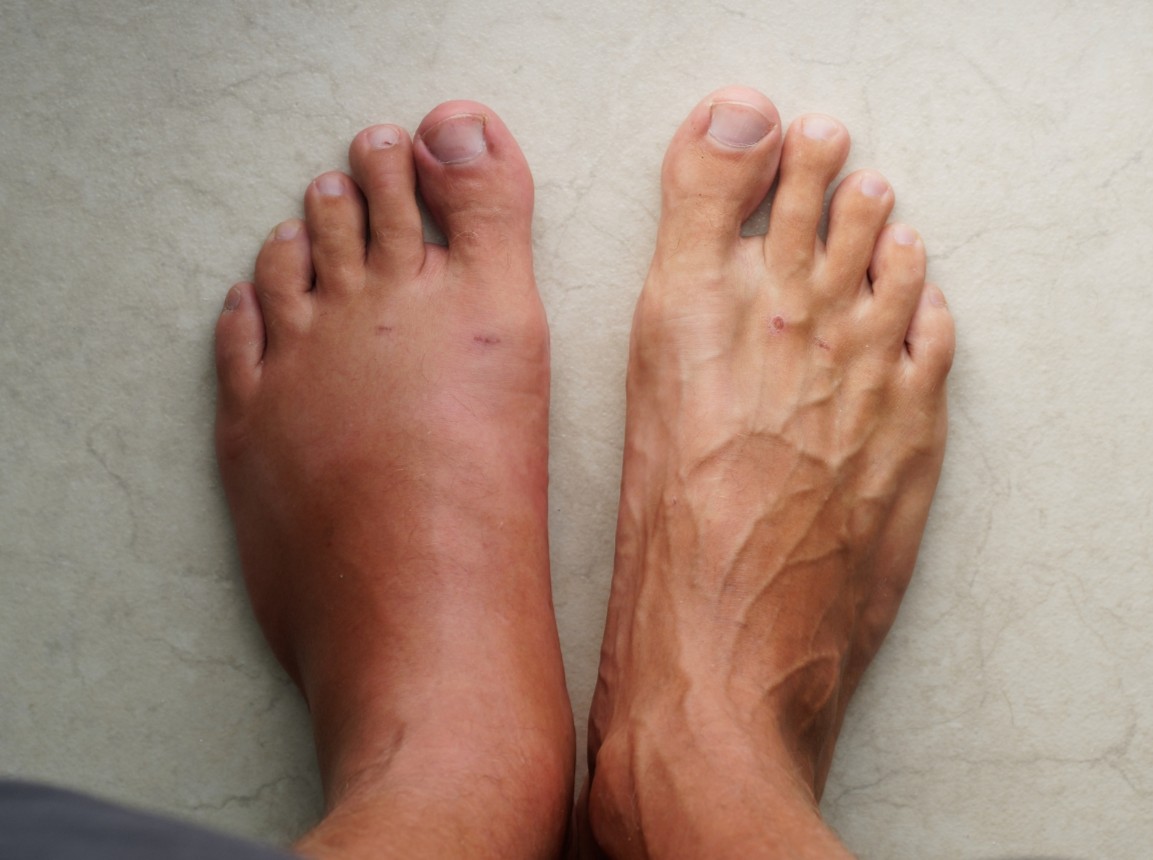Iliotibial Band Syndrome (ITBS) is an overuse injury that describes damage to, and inflammation of, the iliotibial band (ITB) where it crosses the outside of the knee. It is also known as iliotibial friction syndrome. The iliotibial band is a long thick band of connective tissue (fascia) that runs down the outside of the hip, from the area of the hip and buttock, down to the bottom of the femur (thigh bone) and the top of the tibia (shin bone) on the outside of the leg. Every time you take a step, the ITB moves across a bony bump on the outside of the knee called the femoral condyle. This is the point at which the damage tends to occur. ITBS causes knee pain and is one of the most common causes of Runner’s Knee (patellofemoral pain syndrome), in which ITB tightness can cause the patella (kneecap) to mistrack and move out of alignment, causing pain and damage to the knee structures.
The painful symptoms from ITBS develop as a result of friction from the ITB rubbing against the outside of the knee joint at the femoral condyle, causing damage and inflammation. This typically occurs in activities involving repetitive movement of the ITB that involve the bending of the knee, such as running. Contributing factors include:

The primary symptom of ITBS is pain on the outside of the knee that is aggravated by running and movements where the knee is bent and straightened repeatedly. Other symptoms may include:
The initial focus on treatment is to reduce the painful symptoms and allow the ITB to heal. Resting, ice and anti-inflammatories can help achieve this, and will stop the damage from worsening which means a longer recovery time. Once the symptoms have settled, treatment focuses on addressing the cause of the ITBS to stop it from happening again. Your podiatrist will carry out a thorough biomechanical assessment to identify the contributing causes to your ITBS. From here, a treatment plan will be made based on your results and findings. This may include:

We’ve all had those days — you come home after hours on your feet, kick off your shoes, and notice your ankles look puffier than usual.
Swelling in the feet, ankles, or legs (known medically as edema) isn’t always a reason to panic. It can be as simple as a
salty lunch or a long flight.
But what if it’s happening more often — or seems to be getting worse? Swelling can sometimes be a sign of something more serious. Here’s
what could be going on and when to check in with your doctor.
.jpg)
Every year on October 8th, the world celebrates International Podiatry Day - a day dedicated to
raising awareness about foot health and the vital role that podiatrists play in our overall well-being.
Keeping your family on their feet and helping them to walk, run, play and exceed their goals is why we love getting up in the morning.
Ground Floor, One Health Building
122 Remuera Rd, Remuera
Auckland 1050, New Zealand
| MON - FRI | 7:30am – 6:30pm |
| SAT | 8:30am – 4:30pm |
| SUN | Some availability |
Make an Appointment
Online Schedule
Our virtual receptionist is available 24/7 to help with general questions, booking requests, and clinic information, even when our team is busy, or it's after hours.
Whether you're calling us or using our website, you'll get fast assistance any time of day. And if your query needs a personal touch, a member of our team will follow up as soon as possible.
If you’d like to see a podiatrist who speaks your preferred language, just give us a call and we’ll help you book.